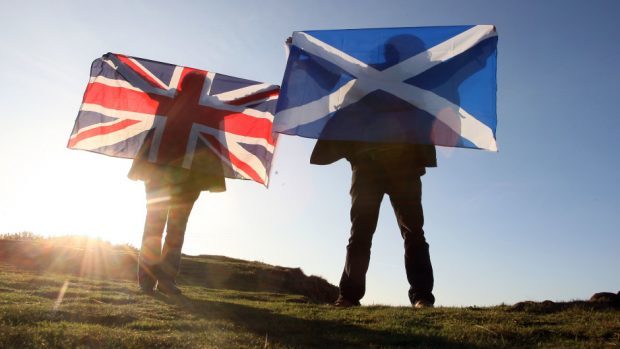Montreal was once Canada’s most vibrant city.
As the seat of the Canadian Parliament, it was the country’s first metropolis and its economic engine.
In the summer of 1976, the city would host the Summer Olympics – the only Canadian city ever to do so.
Forty years later, Montreal is a shadow of its former self. Its economic growth stalled in the late 1970s and has never recovered. Today, it ranks a distant second to Toronto in population and economic power.
So what happened?
The answer is complicated, but a key contributor to Montreal’s stagnation has been the politics of separation.
The Parti Québécois’s election in 1976 crystallised some French-Quebeckers’ feelings of grievance and the threat of Quebec independence became concrete with a referendum in 1980.
That first referendum was defeated roundly – 60% of Quebeckers voted against separation. But that didn’t bring an end to the independence movement.
“Until the next time,” Rene Lévesque famously said in his concession speech.
“The next time” came in 1995, and the No side won again. But this time it was by the narrowest of margins – 50.58% v 49.42%. Canada came within a few thousand votes of breaking up.
Today the PQ, now in opposition, hopes to bring about a third referendum. The constant threat of one more referendum has been dubbed the “neverendum”.
The question for a country such as Scotland – which, like Quebec, has not seen the spirits of the independence movement dampened by the failed results of one referendum – is: to what degree has the constant threat of separation harmed the economy?
The answers are clear. The threat of independence, and the promise of more referenda, contributed to the departure of head offices from Montreal, loss of jobs, a reduction in foreign investment and higher bond rates for Quebec debt when there is a threat of a new separatist government.
Quebec and Scotland are different but they have a very similar problem – a portion of their populations has been persuaded of the case for separating themselves from the larger country.
Scotland risks a protracted stay in this frustrating limbo. The independence agenda could remain at the forefront of Scottish politics for a generation.
In this scenario investors will not know from election to election where Scotland stands on the issue of independence.
Many investors will choose to invest south of the border, or in another European country altogether, because they will be more confident that they will not face the upheaval that Quebec companies faced after 1976.
Quebec today is a culturally vibrant but economically stagnant province. It’s independence movement has been rejected twice, but there is a stubborn vestige that continues to push for separation at all costs.
And so the uncertainty and its consequences continue.
